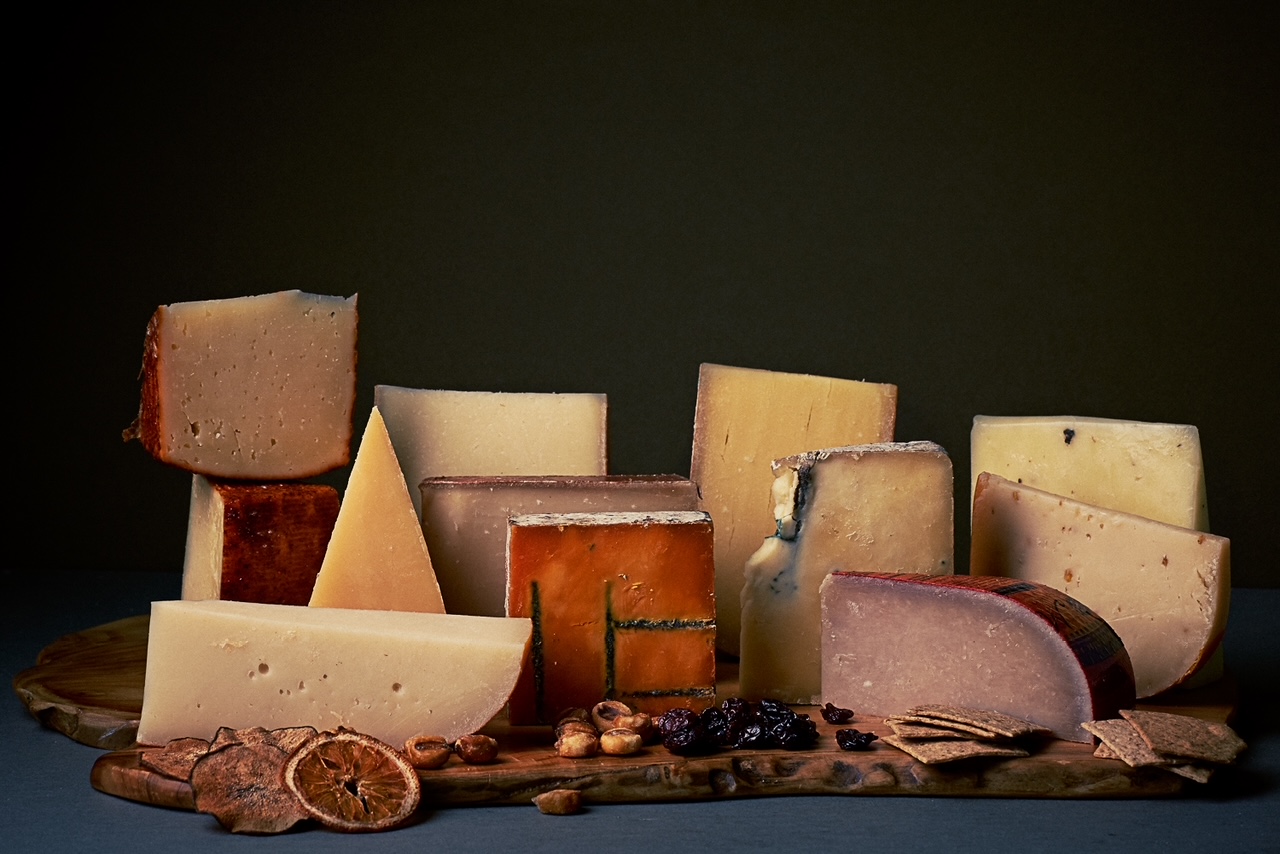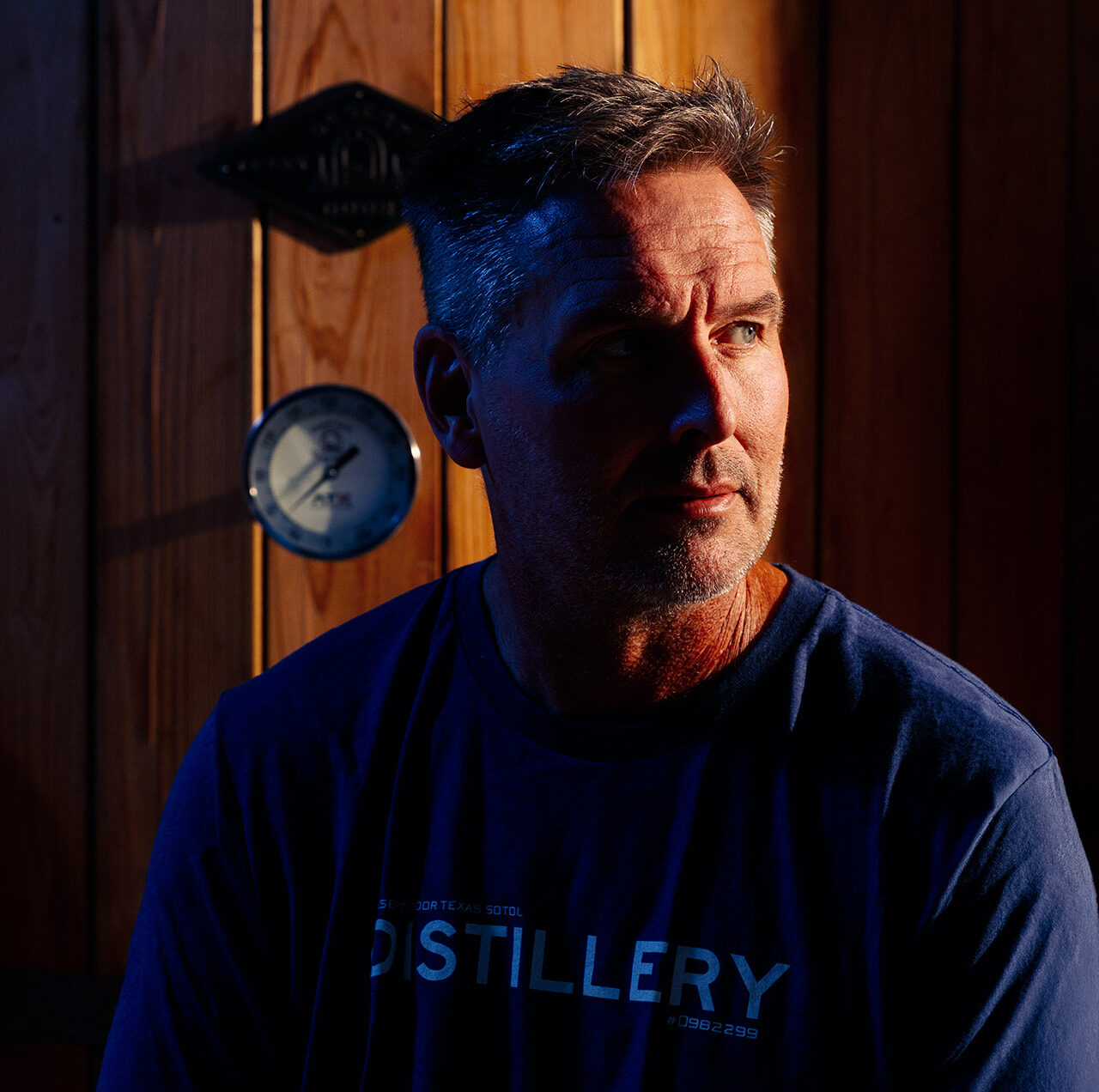
It’s not everyday you come across a brand making an impact that really resonates. Force of Nature is not just changing things for the better. It’s creating a movement from the ground up (quite literally), connecting consumers and suppliers with a shared mission and purpose, explains co-founder Robby Sansom. “Force of Nature exists to restore the relationship between people, animals and the land by offering meat that’s simply better.” Curious as to what this entails, and what words like regenerative agriculture mean? So were we. Beyondish sat down with Sansom to ask him a few questions. He gave us some meaty replies.
Tell us how Force of Nature came to be.
Force of Nature was born from a realization: consumers were being let down. We were told our food was healthy, ethical and sustainable, but behind the curtain the truth was more complex. Even well-intentioned labels and systems were falling short; the claims reflected on products at the grocery store didn’t reflect reality. So we set out to create a better option, one grounded in transparency, accountability and the highest standards across the board—nutritional integrity, land stewardship, and animal welfare. We started by partnering with ranchers who were going beyond organic or conventional models, those that were restoring ecosystems, feeding animals as nature intended, and producing meat that’s free from the chemical residues and inflammatory compounds so prevalent in modern food. What started as a reaction quickly became a revolution. As we built relationships with these producers, we witnessed firsthand how regenerative practices could restore creeks, put carbon back into soil and revitalize wildlife, all while providing animals with standard care they weren’t receiving and delivering more nutrient-dense meat customers can feel good about. From soil to plate, Force of Nature has grown into a national brand leading a movement to raise the standards in meat. Our mission isn’t just to sell better meat, but to empower consumers with the truth and the ability to make food choices aligned with their values.
For those of us who might not be educated on the topic, what is regenerative agriculture?
Regenerative agriculture is a set of principles that help restore degraded ecosystems, rebuild soil, sequester carbon, and improve biodiversity. When done right, it benefits the land, the animals, and the people consuming the food. But it’s not the whole picture. At Force of Nature, we believe regeneration must extend beyond soil health. It must include what animals eat, how they live, what chemicals are or aren’t used, and the nutritional integrity of the food we produce. It’s about restoring the natural relationship between animals and land to create healthier landscapes, healthier food and healthier people.

This sounds groundbreaking, working directly with ranchers and farmers to revolutionize the industry. What are the most challenging and rewarding aspects of the business model?
The most rewarding part is knowing we’re helping people choose better meat options, and, in turn, contributing to a healthier planet. Our ranchers are the unsung heroes, committed to doing better by the land, the animals, and their communities. We get to help build a supply chain that rewards those efforts, one that truly revitalizes rural communities. The biggest challenge? The system isn’t built for this. The existing infrastructure favors consolidation, commodification, and scale at the expense of nuance. Labels and certifications that were supposed to help consumers have become gatekeepers, often misleading or oversimplifying complex realities. We’re choosing the harder road because we believe that the more people learn, the more they’ll walk that path with us. The reward is a food system where ranchers are empowered, consumers are informed, and results in healthier soils, healthier animals and food that supports human health. We don’t see this as just a business model; we see it as a new blueprint for the food system.
What is the most important thing we can think about when sourcing meat? Can you share one nugget of knowledge on that?
The biggest mistake consumers have been trained to make is outsourcing their trust. We’ve been conditioned to rely on claims and certifications like “organic” and “grass-fed,” many of which are created for the benefit of the biggest players in the industry, not for the health of people or the planet. Instead, start asking better questions like: What were the animals fed? Were chemicals used? How were they raised? Who is behind the brand, and what do they stand for? Meat isn’t one-dimensional, and transparency shouldn’t be either. Whether your top concern is animal welfare, human health, or environmental impact, the key is to dig into the truth. That’s how we begin to shift the food system, by refusing to let our values be reduced to a checkbox.

What are the hopes and goals for Force of Nature?
We want to fundamentally raise the bar for meat, and to prove that a better food system isn’t just possible, it’s inevitable. That means helping consumers access meat that is more nourishing, more honest, and more aligned with their values—across health, environment, and ethics. We’re growing a community of producers who share that vision and investing in systems that reward quality and transparency over scale and shortcuts. We’re committed to supporting better education, helping consumers make informed decisions with confidence, not confusion. Our hope is to shift standards for the entire industry by showing what’s possible when success is measured not just in profits, but in restored land, resilient communities and healthier people. Our north star isn’t just regenerative, it’s regenerative and beyond.
What has the reaction been to your business ?
Powerful and humbling. We hear from consumers who say our products helped them feel better or feed their families more confidently. But it goes deeper than that. It’s food people feeling good about feeding their families, because they trust where it came from and know that it gives their families the nutrients that used to be in food. We hear from ranchers who feel seen, supported and incentivized to keep improving. Ranchers are seeing birds on their land that haven’t been spotted in decades. In places where pastures once sat dry, streams are returning, evidence that the land is healing. Of course, we also face resistance. It’s not the easy way, but it’s the one that we feel actually works to make things better, for the land, for animals, for consumers, and for the future.
Tell us one surprising fact that many of us might not know when it comes to the meat we eat?
[It] isn’t what it used to be, both nutritionally and environmentally. Nutritional density in food has declined dramatically in the last 50 years. That means you have to eat more to get less. Take this: Your great-grandma’s roast chicken was a superfood compared to today’s. You’d need to eat six times as much for the same brain benefits. Or this: A steak from a 1950s pasture-fed cow gave you more immune-boosting zinc than two modern feedlot steaks. The way we raise animals directly impacts the nutrients in the food. Well-managed grazing doesn’t just rebuild soil and restore biodiversity. It helps bring nutrient cycles back into balance. We’ve been sold the story that meat is the problem. But meat, raised the right way, might just be one of the most powerful tools we have to restore both human and planetary health. Food is one of the most powerful levers we have to change the world—and to change our health. Better for your body. Better for the planet. Better for the ranchers doing the hard work. This isn’t just a food company—it’s a call to reclaim what meat should be.

NEXT ON THE DISH








